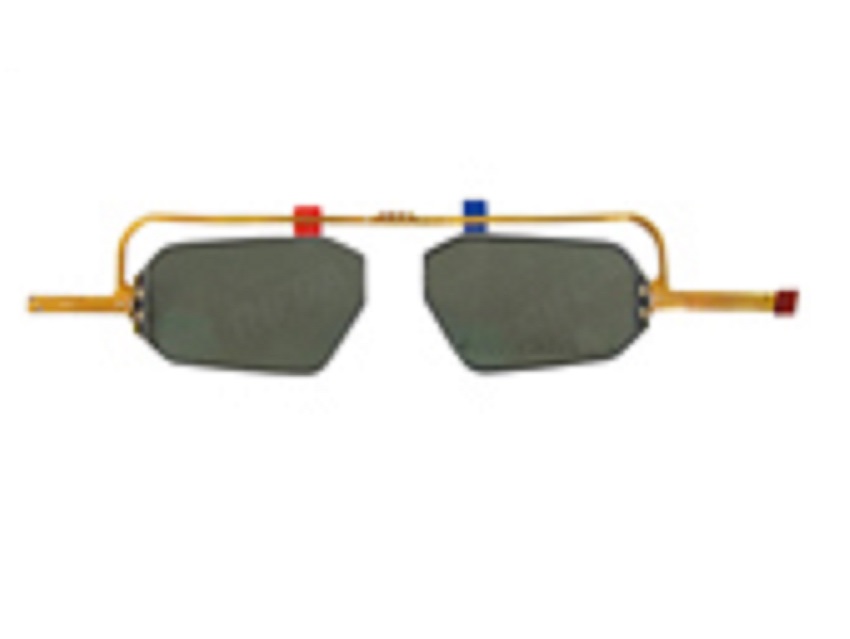How to solve the "VERTIGO" of VR
The biggest problem currently plaguing the VR experience is the "vertigo." This is mainly due to the following aspects:
1. Low resolution of display
2. Low refresh rate
3. The movement of the virtual human body in VR does not match the actual movement of the human body perceived by the brain.
4. Optical reasons. As a result of normal circumstances, the image is different by left and right eyes. There is also deviation when the image of TFT LCD display is showed for left and right eyes, such as size parallax, height parallax, Angle parallax, clarity parallax, inverse parallax, etc.

In order to solve the vertigo caused by hardware, VR industry has also proposed "three new VR standards" for hardware parameters--20ms delay, refresh rate of images above 75Hz, and refresh rate of gyroscopes above 1K. It is reported that RK3399 launched by Rockchip can support the three new VR standards, and it also has eight technical advantages:
1. Super 4K resolution, 360-degree panoramic video decoding and compatibility with 2D/3D sources.
2. VR low latency is less than 20ms, which is more than 5 times higher than Android system before optimization
3. Display refresh frame rate supports 75HZ-120Hz
4. 300 million triangle output rate
5. support 2K/dual FHD high resolution display
6. Optical software anti-distortion, anti-dispersion and pupil distance adjustment algorithms are supported
7. Support splitting display through software and hardware
8. Support the main game engine platforms
More than 70% of VR vertigo is caused by images, among which 50% is caused by optics and a small part by software algorithms. Besides the hardware, the convex lens commonly used in VR devices is also a cause of vertigo. Because the use of convex lens will certainly cause dispersion, defocus and other problems. The solution is to use aspheric lenses.
In addition, in terms of the display, the current VR all-in-one machine basically adopts the display for mobile phone, there is no display specially designed for VR.
Now if you want good experience of VR, the display resolution has to be 4K. At the same time, the display specially designed for VR is needed. In the future, the evolution of VR display may change from 1pcs to 2pcs(one for each eye), and finally there may be no display and retina projection technology will be used.